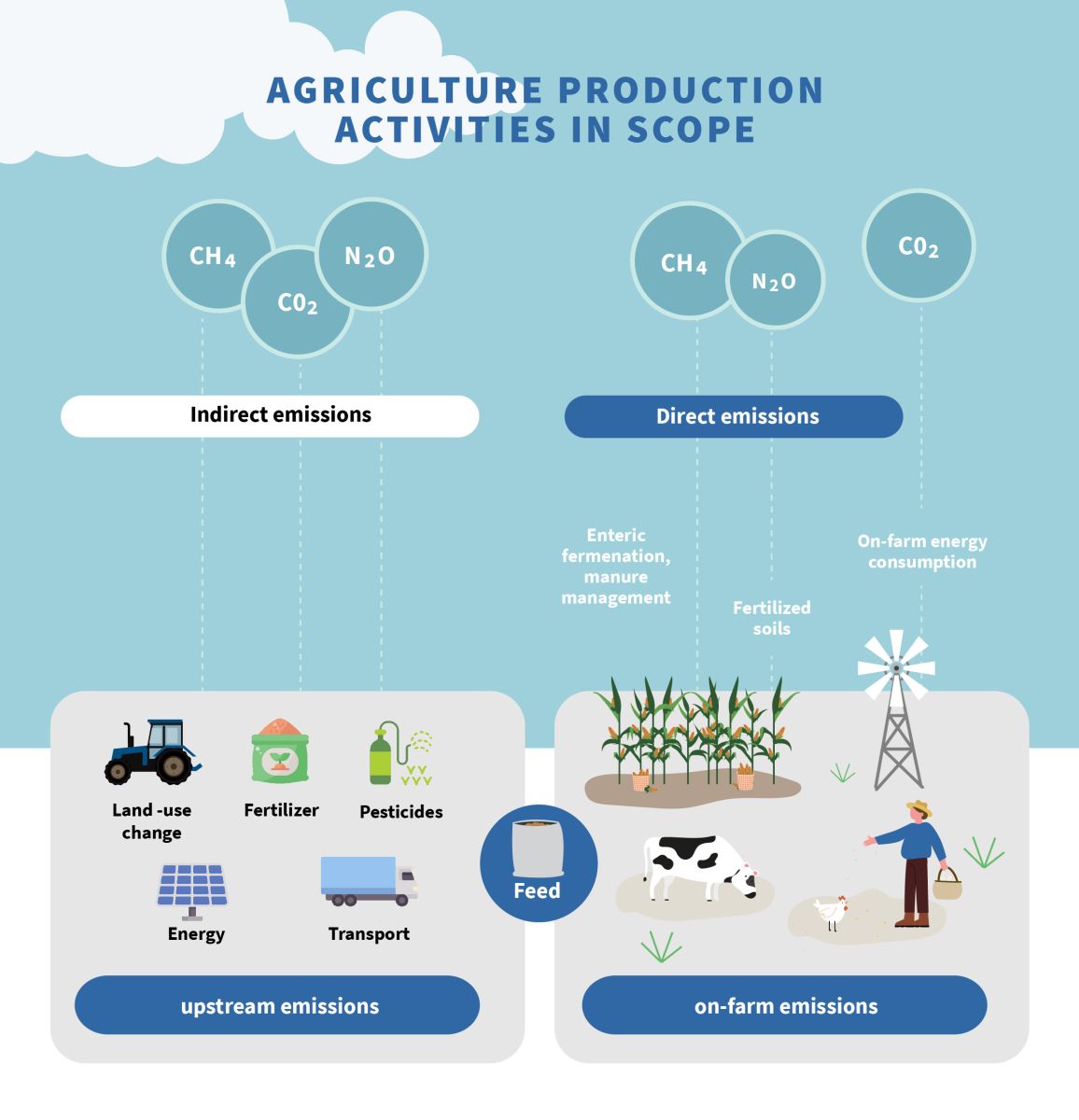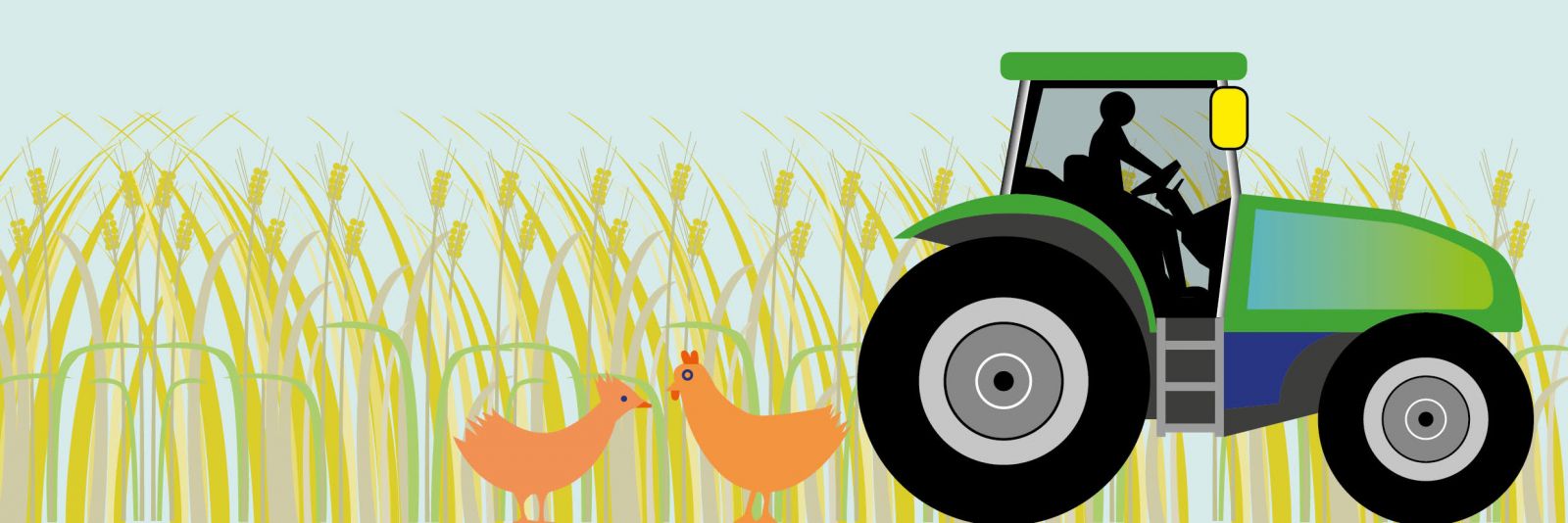Climate Bonds Standard expands Criteria for Crop and Livestock Production to reduce emissions and foster sustainable agricultural practices
The Climate Bonds Initiative is excited to announce the launch of its newly developed Agriculture Production (Crop and Livestock) Criteria, now officially available for certification under the Climate Bonds Standard. This landmark development represents the culmination of significant collaborative efforts by leading experts and will provide a critical tool for investors to decarbonise one of the most emission-intensive sectors—agriculture production.
Why agriculture matters for emissions reduction
Crop and livestock production accounts for over 70% of global food chain emissions. The Agriculture Production Criteria offer a robust framework to help mitigate these emissions, identifying agricultural practices that can align with global sustainability frameworks such as the Paris Agreement and the Kunming-Montreal Biodiversity Framework as well as support the Global Methane Pledge.
A comprehensive approach to greenhouse gas emissions
The Agriculture Production Criteria integrate the latest scientific research and provide pathways for reducing greenhouse gas emissions to net zero for key gases, including methane. This framework spans the full agricultural production unit —from farm-gate to farm-gate—and addresses key areas such as fertiliser use, deforestation and land conversion, and livestock stocking. It also incorporates wider environmental and social considerations, such as:
-
Biodiversity protection
-
Water use and pollution reduction
-
Animal welfare improvements
 Key Elements of the New Criteria
Key Elements of the New Criteria
The Agriculture Production Criteria focus on the following critical areas:
-
Transition pathways: Aligned with the Climate Bonds Standard, the criteria allow certified entities to showcase meaningful progress in emission reductions, adaptation to climate change.
-
Deforestation prevention: Agriculture, and particularly livestock production, contributes to nearly 90% of the global rate of deforestation. The criteria require that any certified issuance be deforestation and conversion free as a precondition for certification.
-
Environmental and social considerations: The criteria also address critical issues such as biodiversity, water use, and social impacts like animal welfare and food security, ensuring a holistic approach to sustainability.
Certification categories
Entities and projects can access Certification under four key categories:
-
Use of proceeds: Directs funds raised by bonds or loans to eligible agricultural projects that contribute to emissions reduction.
-
Sustainability-linked debt: Ties debt instruments to specific sustainability performance targets.
-
Planned assets: Covers future agricultural projects or assets with clear plans to meet the criteria.
-
Entity certification: Enables agricultural organisations to demonstrate alignment with low-carbon transition pathways, making it especially useful for large agricultural businesses.
Collaborative development
This project is funded by the Gordon and Betty Moore Foundation through The Finance Hub, which was created to advance sustainable finance. The criteria were developed with expert guidance from the technical and industry working groups convened by the Climate Bonds Initiative, which include leading scientists, industry professionals, and sustainability experts.
The last word
With the criteria now live, bonds and loans linked to eligible agricultural projects can be certified. This provides a clear path for investors to address climate risks in agriculture while driving meaningful emissions reductions. Interested parties can contact the Agrifood Standards team at agrifoodstandards@climatebonds.net to begin the certification process.
‘Til Next Time,
Climate Bonds

